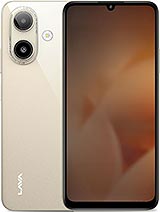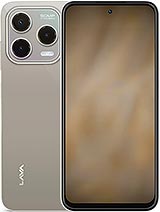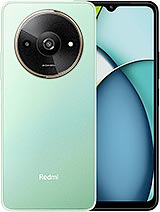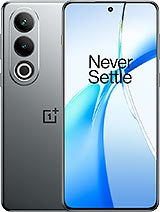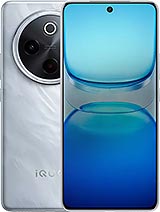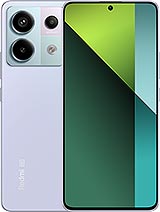Lava Yuva 4 4G alternatives
Tap above to see alternatives.
Samsung Galaxy F56 alternatives
Tap above to see alternatives.
Lava Yuva 4 4G

Lava Yuva 4 4G
-
Unisoc T606
12 nm
-
5000 mAh
10W
-
6.56"
720 x 1612 pixels
-
50 MP
1080p@30fps
- Specs
Samsung Galaxy F56
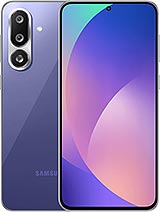
Samsung Galaxy F56
-
Exynos 1480
4 nm
-
5000 mAh
45W
-
6.74"
1080 x 2340 pixels
-
50 MP
4K@30fps
- Specs
2x1.6 GHz Cortex-A75
6x1.6 GHz Cortex-A55
4x2.75 GHz Cortex-A78
4x2.0 GHz Cortex-A55
4GB 128GB (UFS 2.2)
8GB 256GB (UFS 3.1)
(wide), AF
VGA
Auxiliary lens
f/1.8, (wide), PDAF, OIS
8 MP
f/2.2, (ultrawide)
2 MP
f/2.4, (macro)
1080p@30/60fps
f/2.2, (wide)
SIM1: Nano, SIM2: Nano
SIM1: Nano, SIM2: Nano
8 5G bands
n1, n3, n5, n8, n28, n40, n41, n78
In this performance comparison, the Samsung Galaxy F56 with its Exynos 1480 (4nm) performs better than the Lava Yuva 4 4G with the Unisoc Unisoc T606 (12nm), thanks to superior chipset efficiency.
Samsung Galaxy F56 offers 6 years of OS updates, whereas Lava Yuva 4 4G provides 1 years. For security updates, Samsung Galaxy F56 offers 6 years of support compared to Lava Yuva 4 4G's 2 years.
Samsung Galaxy F56 features a superior AMOLED display, while Lava Yuva 4 4G comes with an LCD panel. In terms of smoothness, Samsung Galaxy F56 offers a higher 120 Hz refresh rate, ensuring fluid scrolling and animations. Both devices deliver the same brightness level at nits. Notably, Samsung Galaxy F56 offers a higher screen resolution, resulting in sharper visuals and more detailed content.
Both phones are equipped with the same 5000 mAh battery capacity. Samsung Galaxy F56 also supports faster wired charging at 45W, compared to 10W on Lava Yuva 4 4G.
Neither phone has an official IP rating for water and dust resistance.
¹ Scores can vary even with the same chipset due to RAM, thermals, and software optimization.


